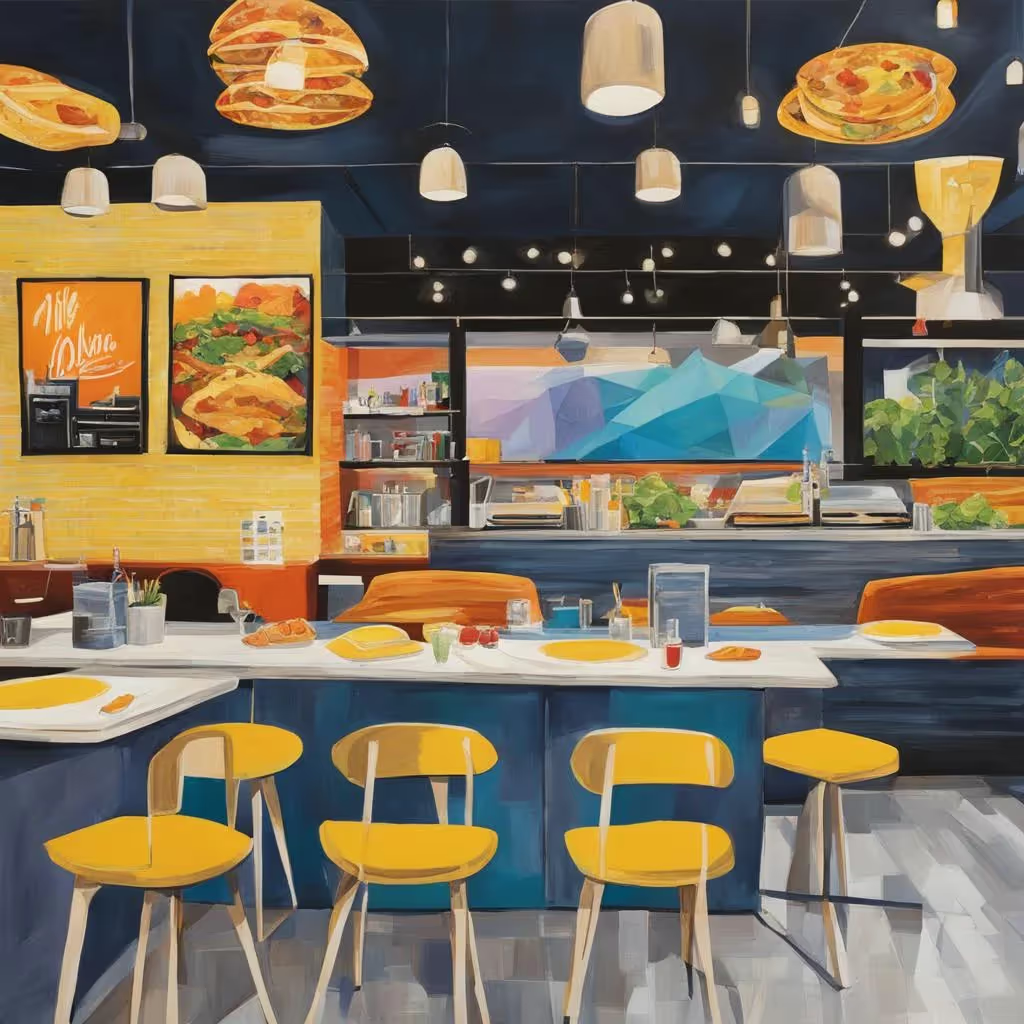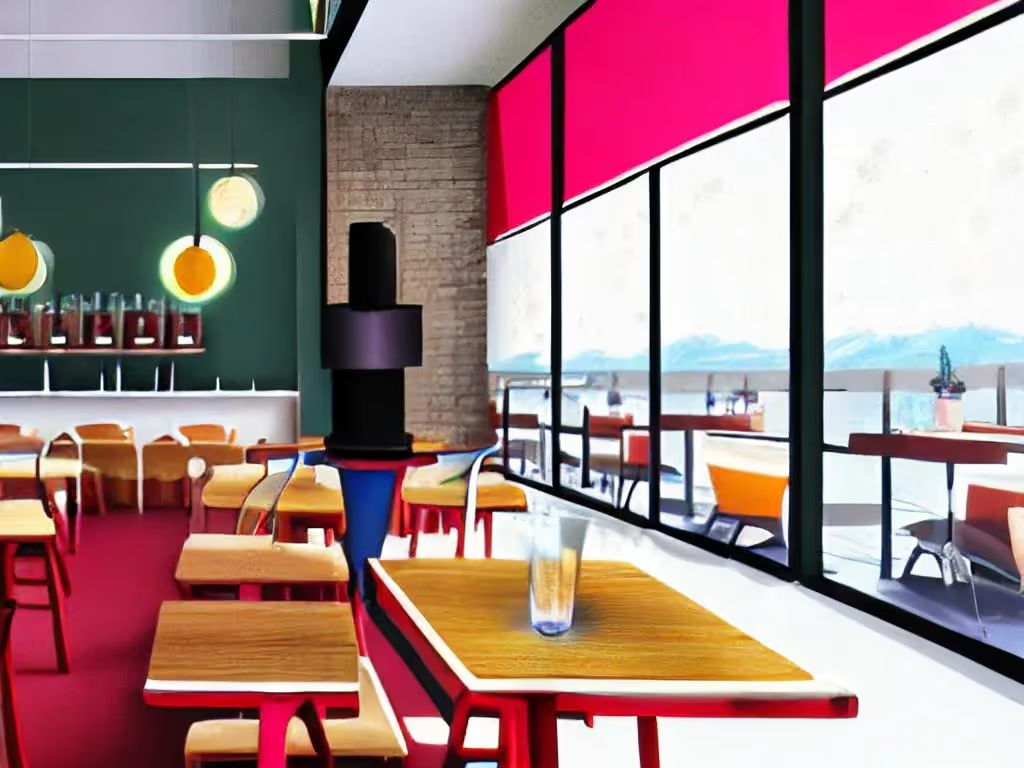TLDR
Many restaurants offering corporate lunch catering find themselves fully booked but still struggle to see consistent profits. The kitchen is always in motion, orders keep coming, yet the financial results do not match the effort. The difference between staying busy and staying profitable comes down to understanding the right numbers. What you cannot measure, you cannot improve. Tracking performance through key metrics helps uncover waste, inefficiency, and missed opportunities that quietly drain profit.
Why Measuring the Right KPIs Matters for Catering Success
Catering is a different world from daily restaurant service. Orders are larger, schedules tighter, and client expectations higher. Every detail, from food preparation to delivery timing, affects the final result. Without clear data, decisions rely on instinct, and small errors become costly. By focusing on measurable indicators, restaurant owners gain the visibility they need to manage operations confidently and deliver consistent quality.
These are the key performance indicators that most directly influence catering profitability. Each one tells a specific part of the story, and together they form the foundation for steady, sustainable growth.
1. Food Cost Percentage: The Foundation of Every Order
Food cost percentage shows how much of your revenue goes toward ingredients and supplies. For catering, where portions are large and production runs high, even a small rise in food cost can quietly reduce profit. The goal is to balance cost with quality and stay consistent across every order.
You can calculate it easily using a simple formula:
(Beginning Inventory + Purchases − Ending Inventory) ÷ Total Food Sales × 100
This calculation tells you what share of your sales is spent on food. If, for instance, your weekly result is around 30 percent, it means thirty cents of every dollar earned goes to ingredients. Most catering operations aim to keep this number between 28 and 35 percent, depending on menu type and scale.
To keep it under control, review recipe costs regularly, monitor supplier pricing, and standardize portions. Training your kitchen staff to follow exact recipes prevents overuse and waste. When your food costs stay predictable, both your margins and product quality become stronger and more reliable.
2. Labor Efficiency: Turning Hours into Profit
How to Measure Labor Efficiency
Labor is often the second-largest expense in catering. Labor efficiency shows how effectively your team’s time converts into productive work — from prepping large office lunch orders to packaging and delivery. To calculate Labor Cost Percentage, use this simple formula:
How to Track and Improve It
Track labor hours per order or per menu type to identify where time is being lost. If assembling a 100-person boxed lunch order consistently takes longer than expected, look at workflow or prep methods. Create structured routines by assigning small, clear roles such as assembly, packaging, and delivery coordination. Using prep checklists and standard packing setups reduces confusion and keeps output steady.
If you’re using Square POS, you can tag labor hours with orders. Reviewing these reports weekly shows which orders require the most time and helps adjust scheduling before costs grow.
Efficient labor management is about consistency and focus, not cutting staff. When the process runs smoothly, orders move faster, quality stays high, and the team delivers on time without unnecessary overtime.
3. Order Accuracy: Protecting Reputation and Reducing Waste
Order accuracy plays a direct role in customer satisfaction and long-term profitability. A single missing tray or wrong dish can turn a well-planned office lunch into a complaint or refund. In catering, where every order represents a company meal, precision matters as much as flavor.
The foundation of accuracy is clear communication. Standardized order forms and confirmation steps help prevent mistakes before they reach the kitchen. Every catering order should be reviewed twice: once before preparation begins and again before it is delivered. Consistent labeling and organized packaging also reduce confusion when handling multiple large orders.
Per Diem’s catering streamlines the process by consolidating all group and office orders in a single, central system. It stores every important detail, including meal selections, delivery instructions, and customer information. This ensures both the kitchen and delivery teams always have accurate and complete data, which supports smoother coordination and fewer errors.
Tracking accuracy as a percentage of total orders completed correctly gives a clear picture of performance. Leading catering operations maintain this rate above ninety-eight percent. That level of consistency creates trust, reduces waste, and keeps clients returning for future orders.
4. On-Time Delivery and Setup: The Standard of Reliability
Timeliness is one of the strongest indicators of professionalism in catering. Corporate clients depend on punctual service because meetings, office lunches, and team events follow strict schedules. A single late delivery can disrupt the flow of an entire workday and reduce the chances of repeat business.
To measure this KPI, track the percentage of orders that arrive and are fully set up at or before the promised time. Leading catering operations maintain a rate close to 99 percent. Achieving that consistency requires preparation and control.
Relying on first-party delivery gives restaurants greater command over timing and presentation. Drivers have direct access to customer information, order details, and setup instructions, making every delivery smoother and more reliable. Special delivery systems designed for catering can also record real-time delivery performance, helping managers adjust schedules and routes when needed.
Being on time is not only about logistics. It is also about building trust. Corporate clients value reliability as much as taste, and consistent delivery reinforces the professional reputation that brings repeat orders.
5. Customer Lifetime Value (CLV): Building Long-Term Profitability
Customer Lifetime Value shows how much total profit a catering business earns from each client across the entire relationship. It reflects loyalty, satisfaction, and how effectively your service keeps customers coming back. For restaurants offering corporate lunch catering, CLV is a key measure because recurring office orders bring predictable income with lower marketing effort.
How to Measure and Improve CLV
To calculate CLV, use this simple formula:
This gives a clear view of how much each customer contributes over time. Reviewing it regularly helps you identify your highest-value clients and spot opportunities to strengthen retention.
Improving CLV depends on convenience, reliability, and connection. Consistent food quality, accurate orders, and on-time delivery build the trust that turns first-time customers into long-term partners. Soon, Per Diem’s upcoming catering subscriptions will make it even easier for clients to set recurring corporate lunch orders directly through your catering platform. It will allow restaurants to build predictable, ongoing relationships while simplifying scheduling for clients who order regularly.
When your catering becomes part of a company’s routine, loyalty strengthens naturally. Clients order more often, spend more per order, and rely on your service with confidence. Tracking CLV helps you see the value behind those relationships and focus your efforts on what truly drives sustainable growth.
Each KPI offers its own view of catering success, but together they give a full picture of how efficiently your operation runs. Tracking these consistently turns guesswork into clear direction. Over time, patterns appear that help managers anticipate demand, plan resources, and identify what actually drives profit. Catering profitability grows not through large leaps but through steady, data-informed adjustments that keep quality and efficiency aligned.
Learn how to increase customer retention at your restaurant.
Final Thoughts
Profit in catering depends on structure, not guesswork. By tracking key metrics such as food cost, labor efficiency, order accuracy, delivery reliability, and customer lifetime value, your restaurant can see exactly where its operations stand. These indicators reveal how each part of the process contributes to performance, helping teams make decisions based on evidence rather than habit. When these numbers are measured consistently, efficiency improves, waste decreases, and every order becomes more predictable and profitable.
The catering businesses that thrive are the ones that treat data as a daily tool, not an afterthought. Measuring, reviewing, and refining these KPIs builds stronger systems and steadier growth.
If you are ready to see how Per Diem can help your restaurant streamline catering operations and improve profitability, book a demo to talk with an expert today.




.webp)
.avif)
.webp)
.webp)
.webp)
.webp)

.webp)








.svg)





.svg)
.svg)
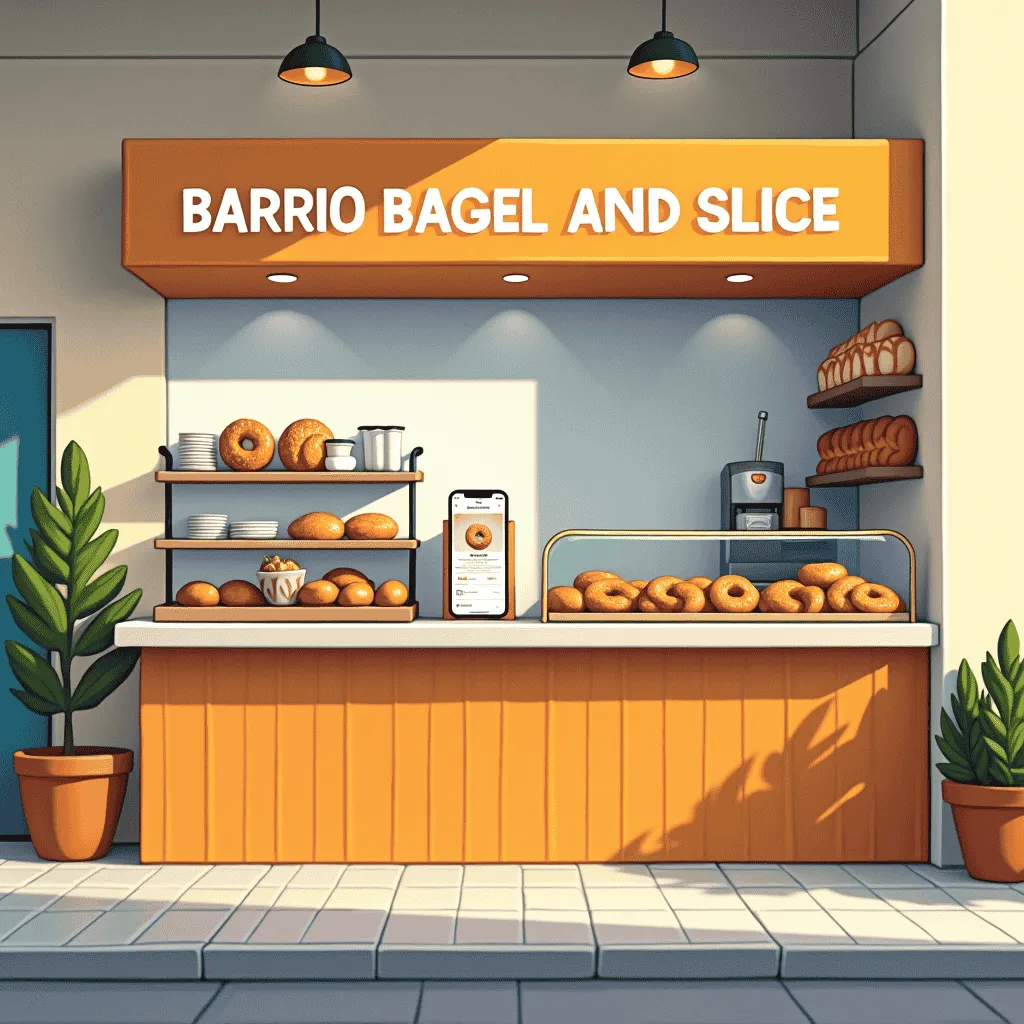

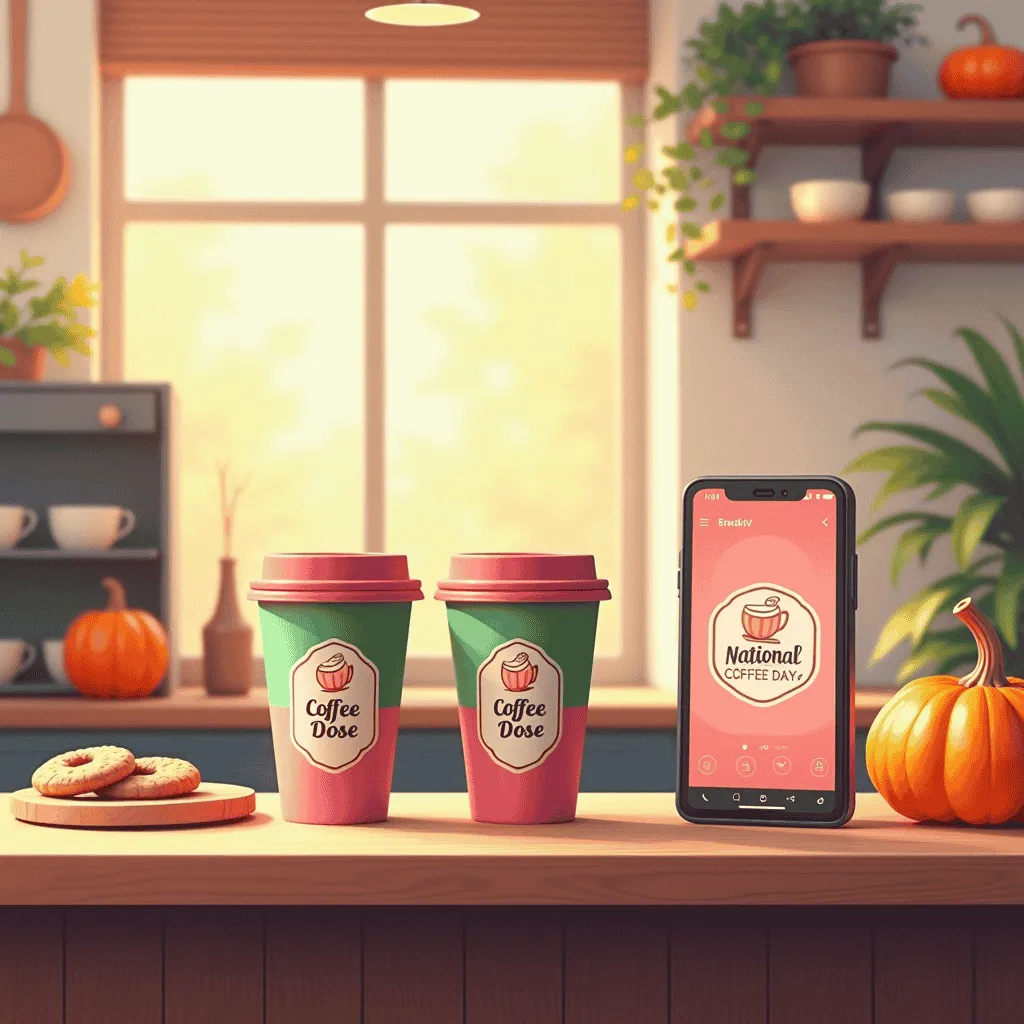
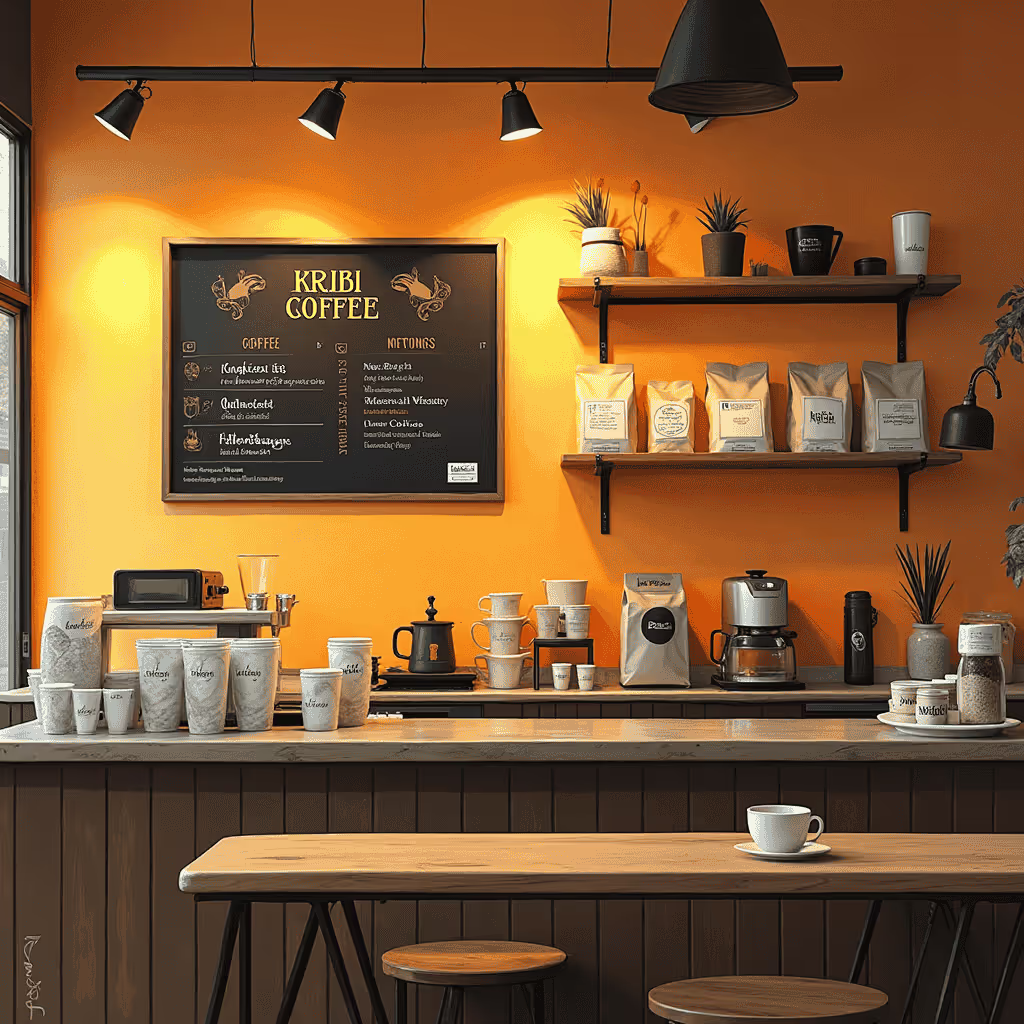
.avif)
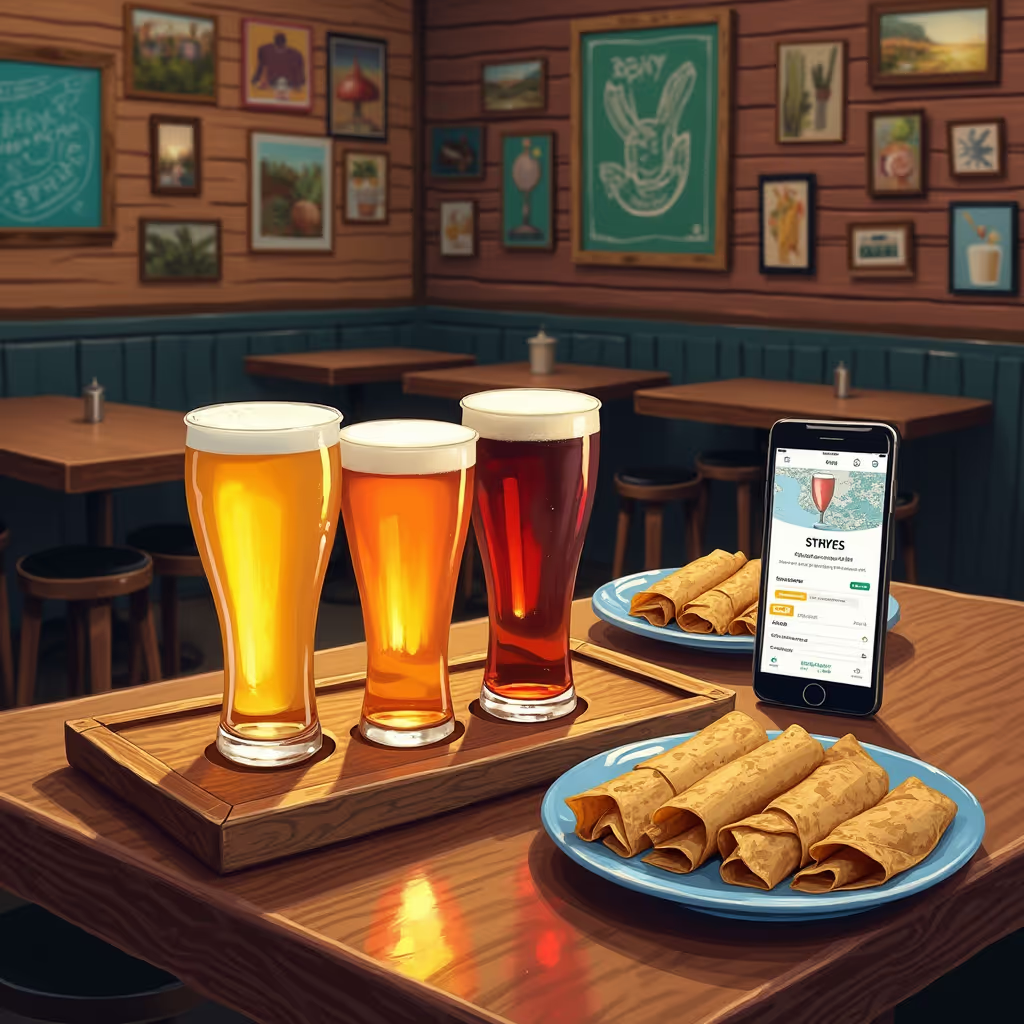
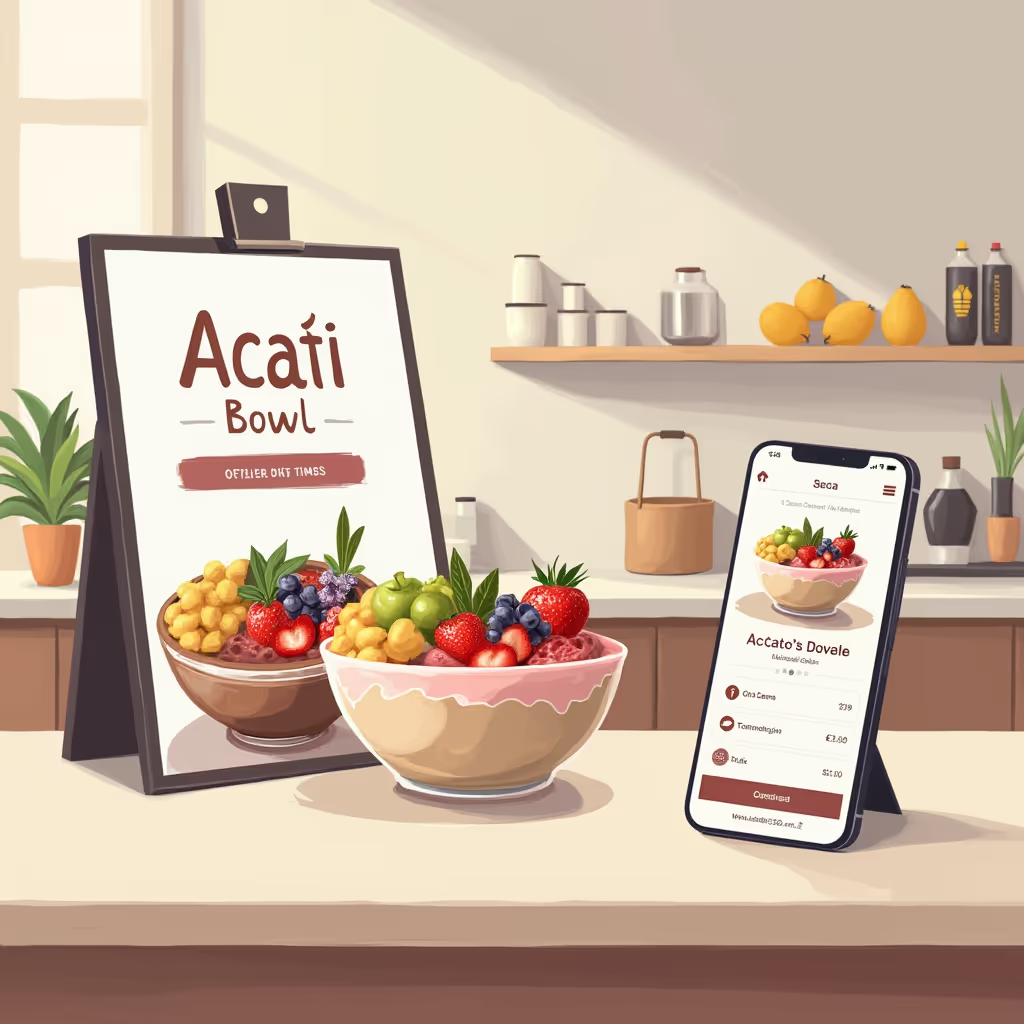

.avif)
.avif)
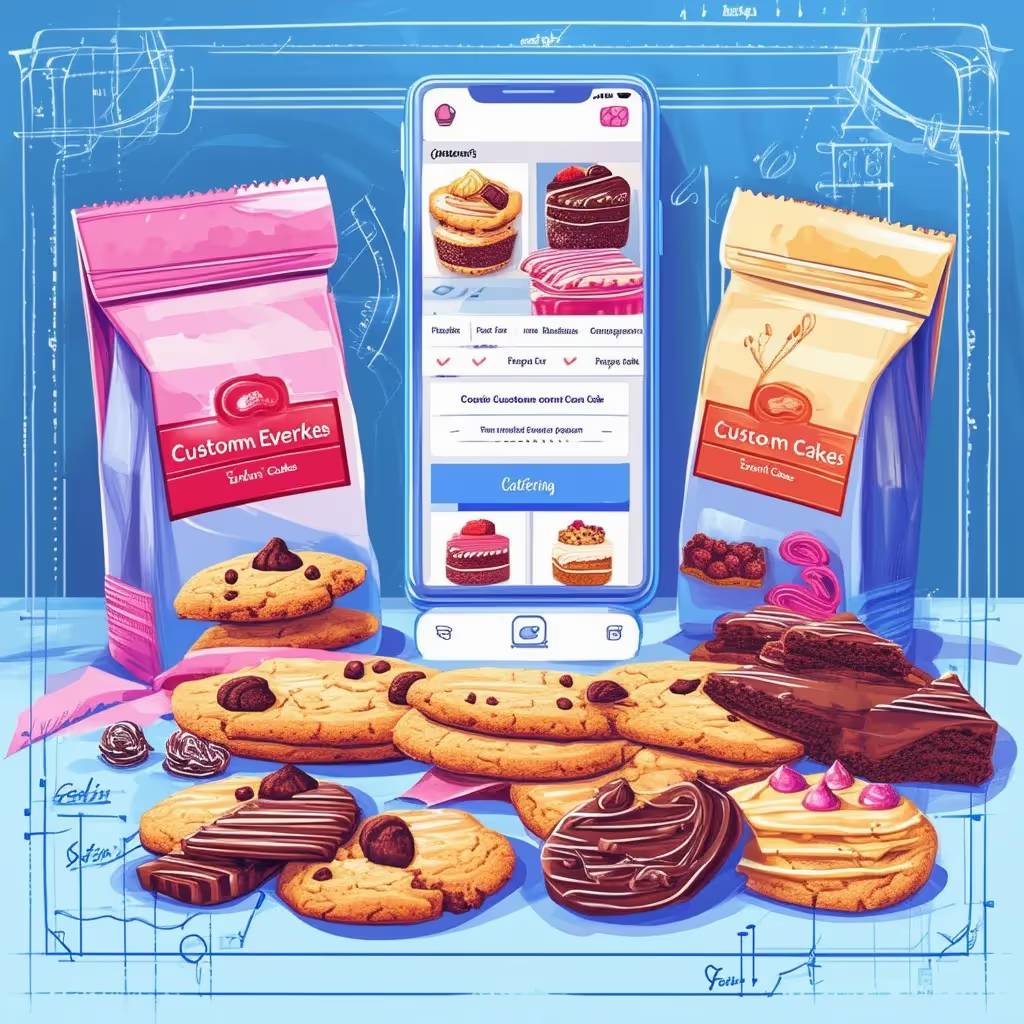
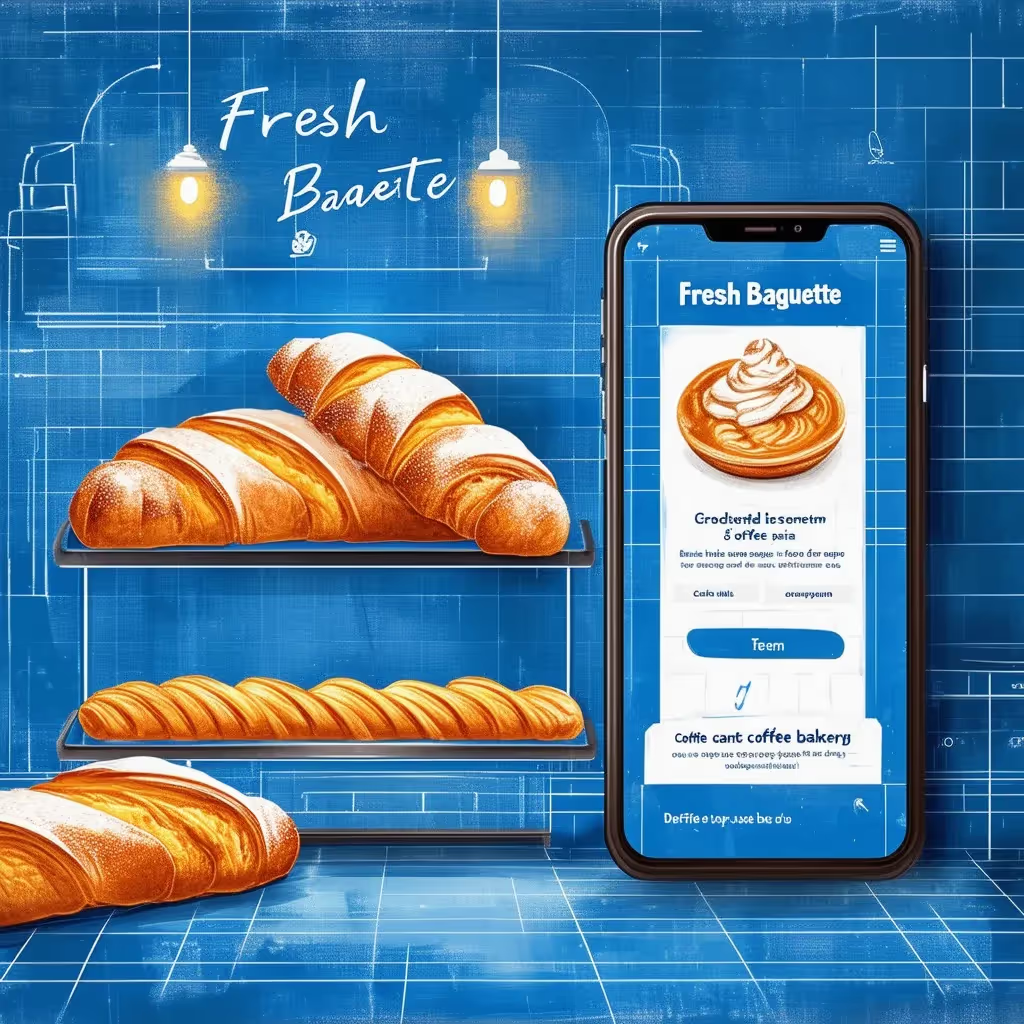
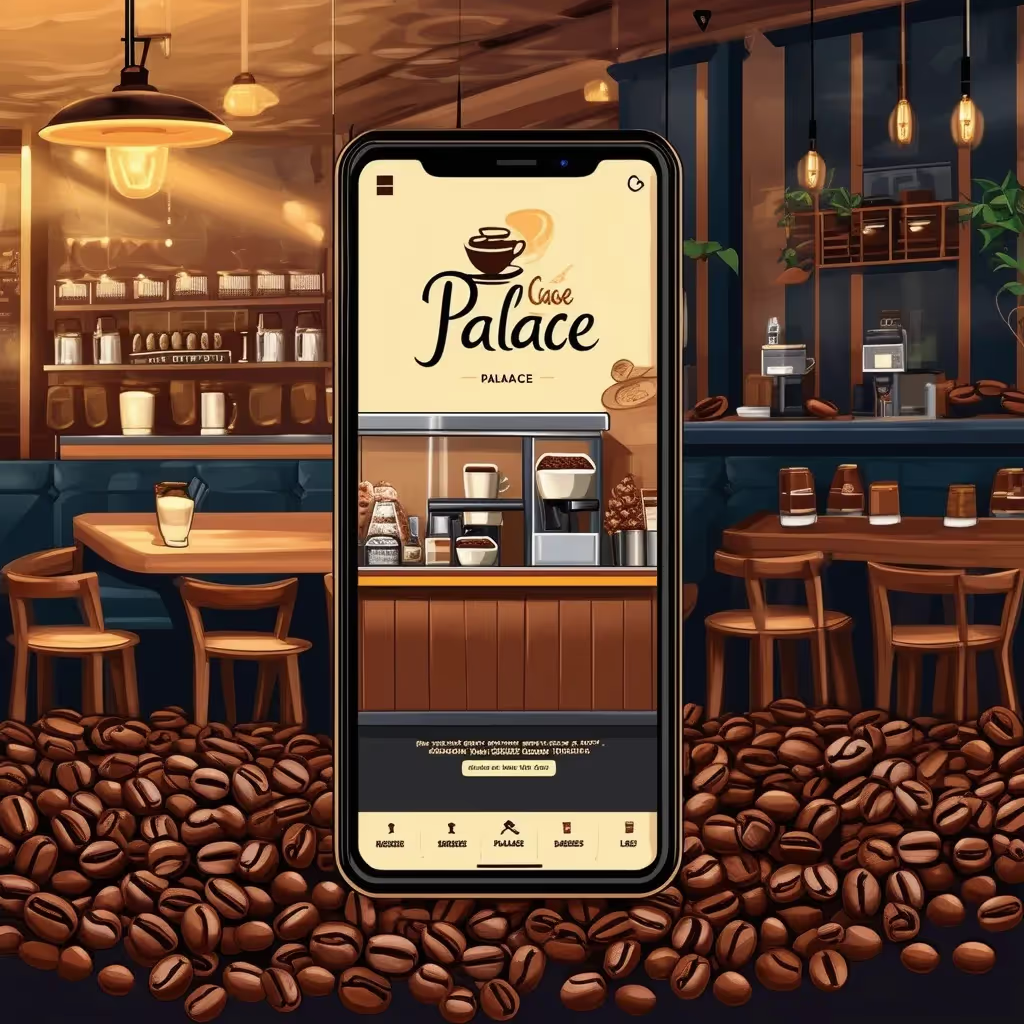
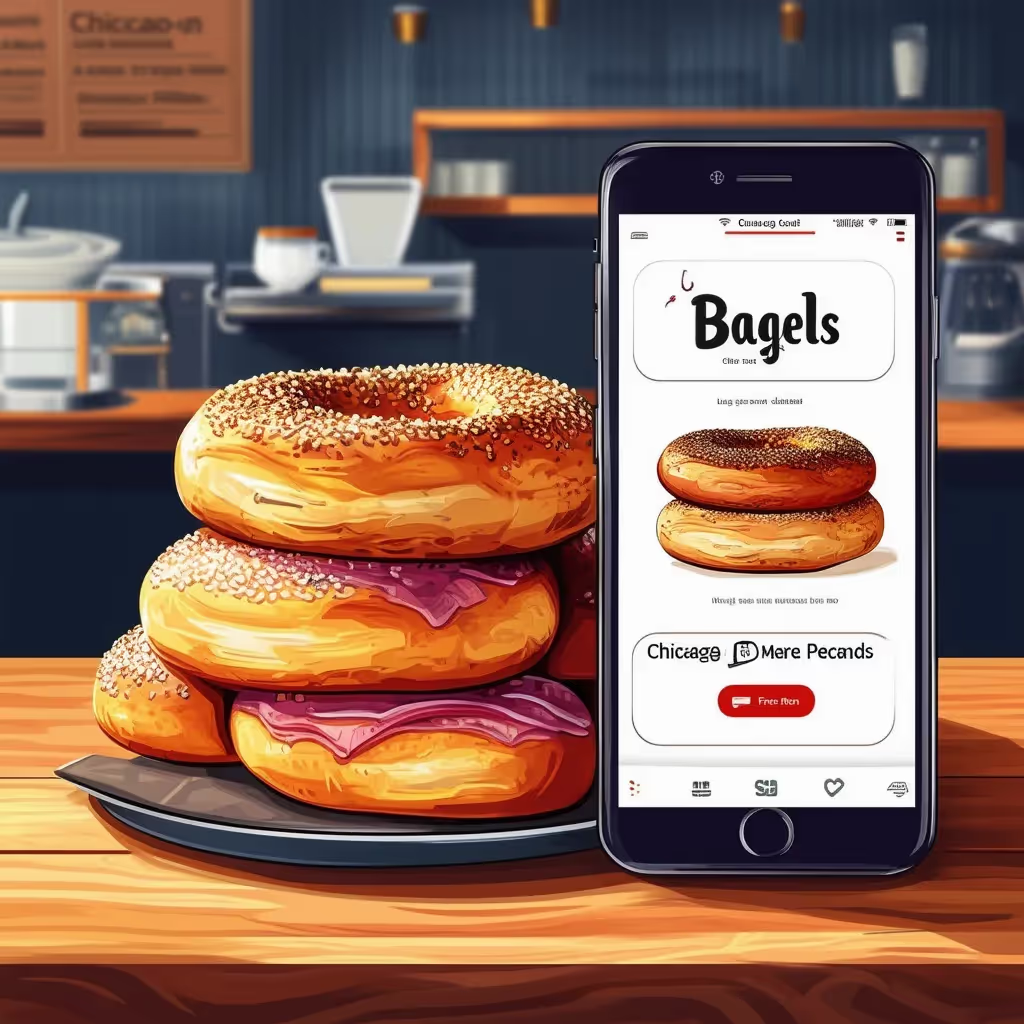
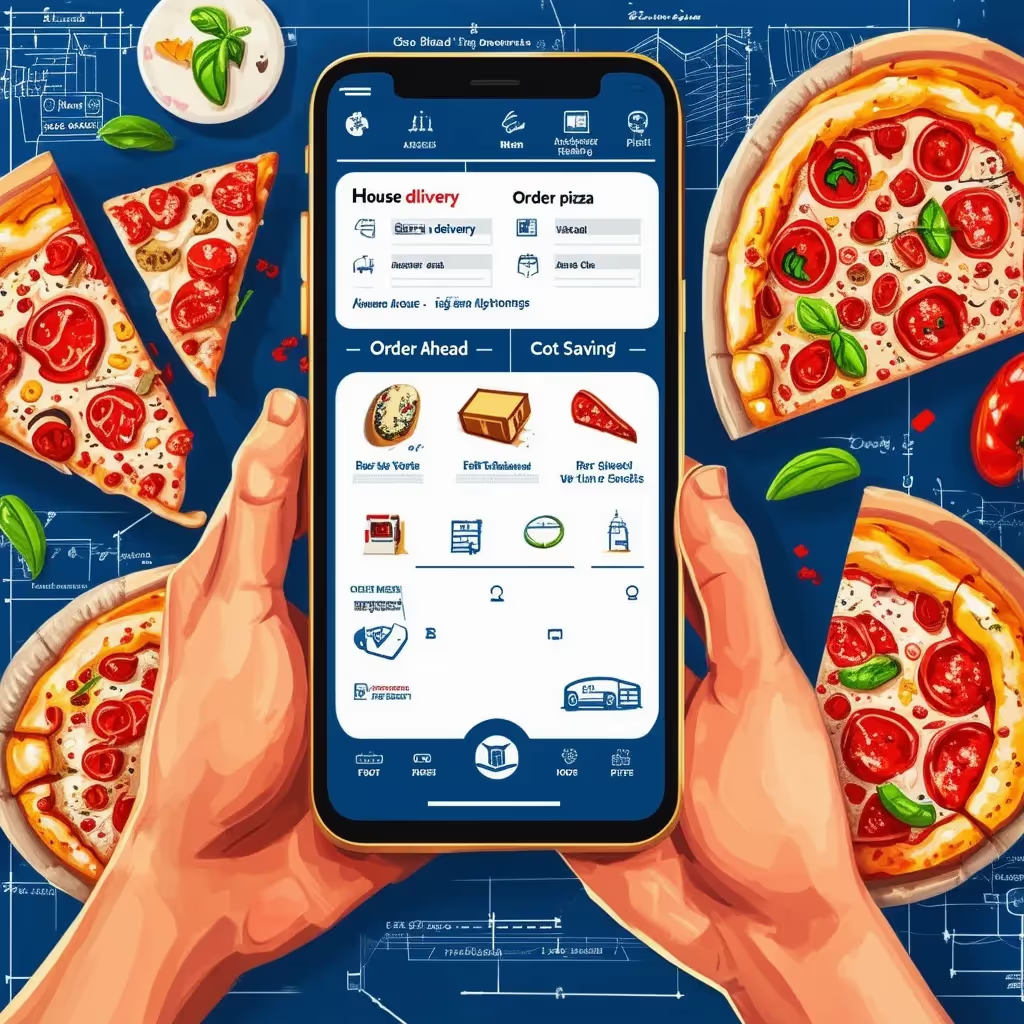

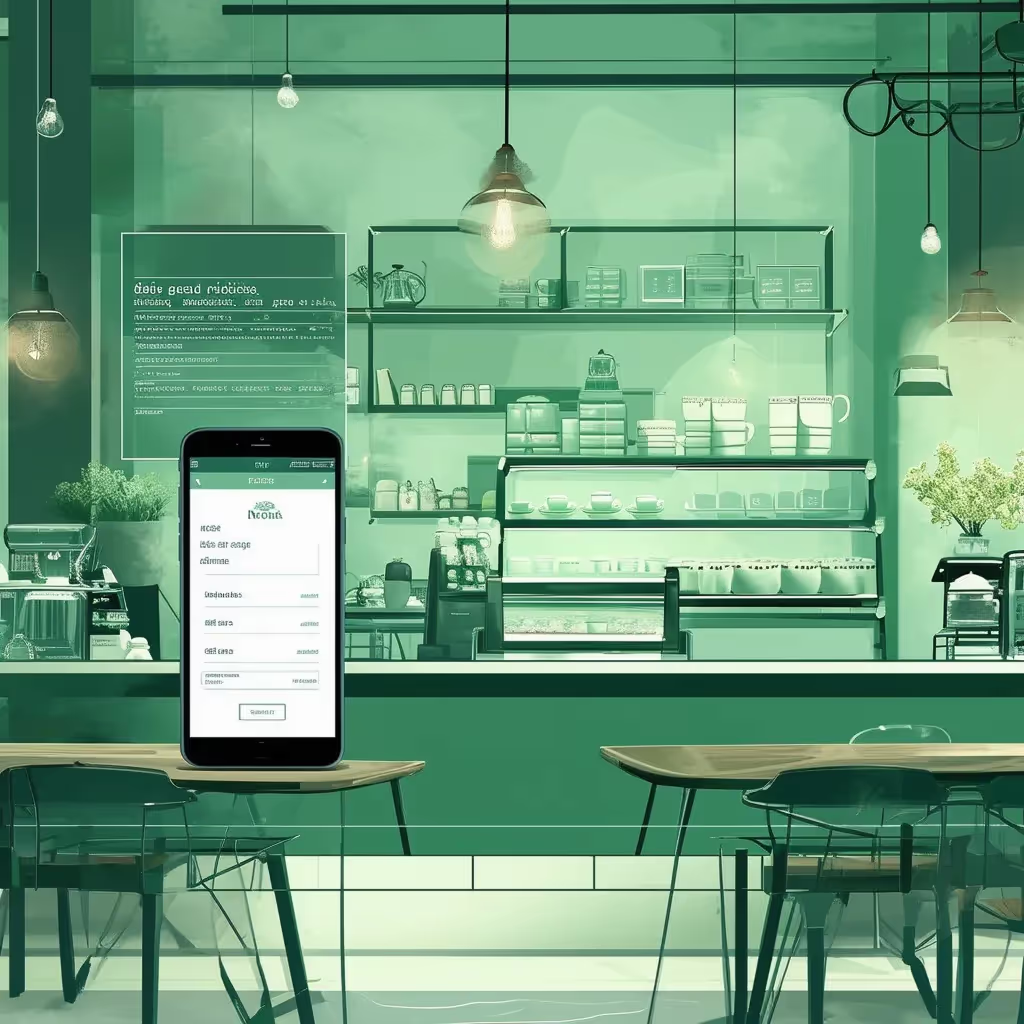

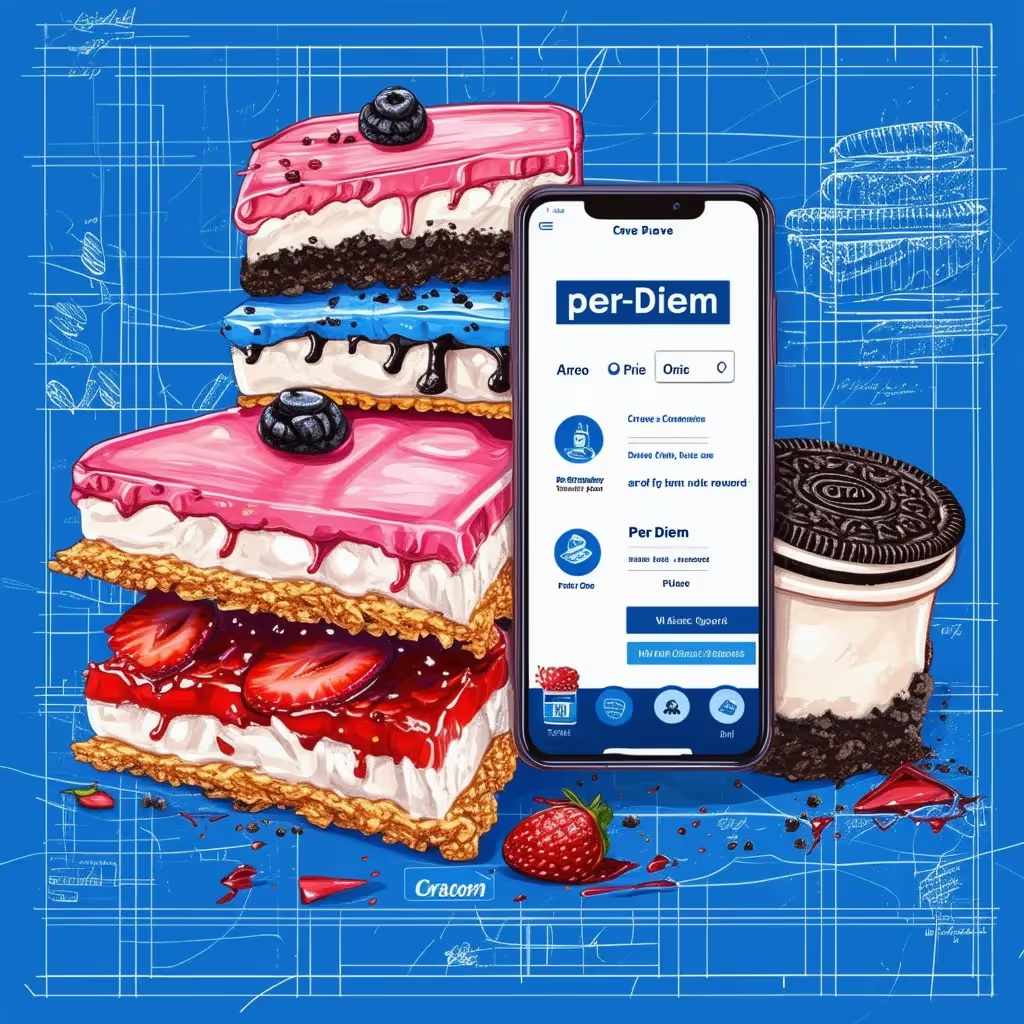
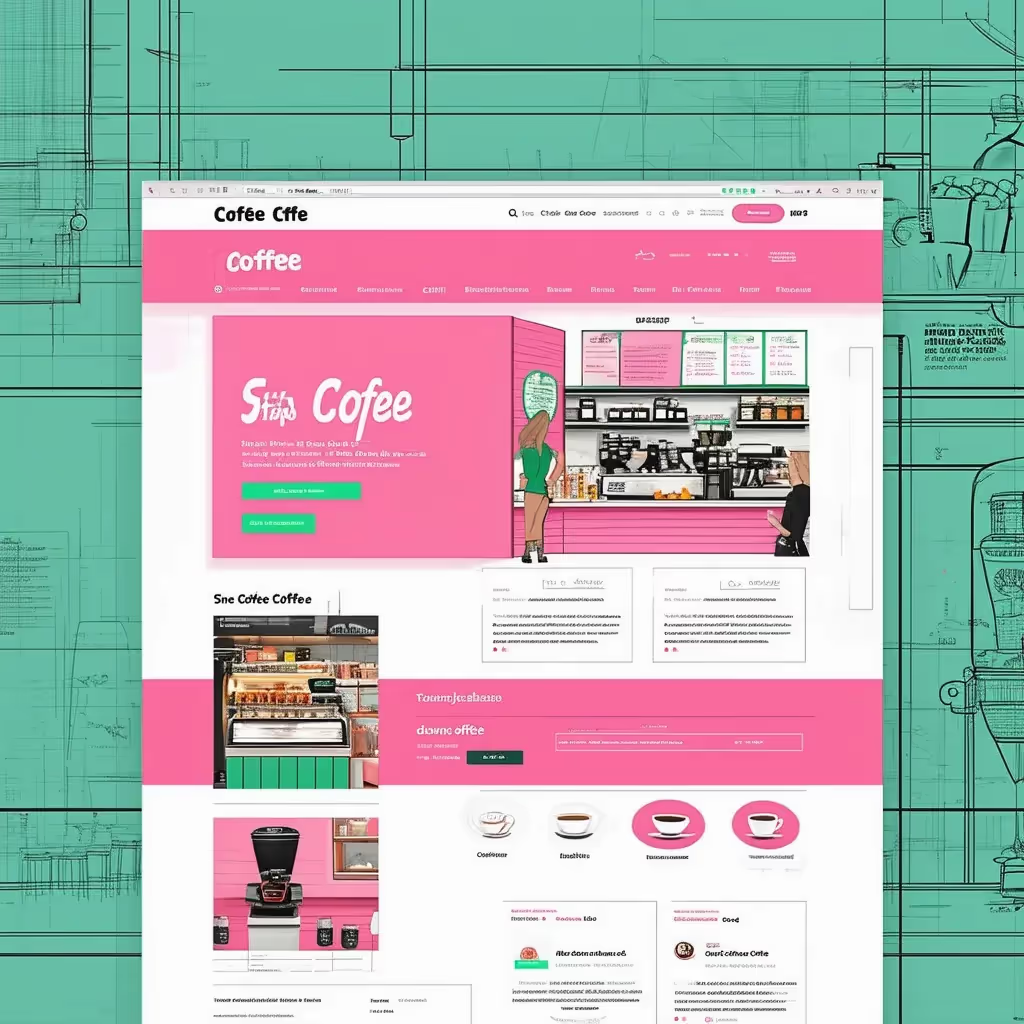
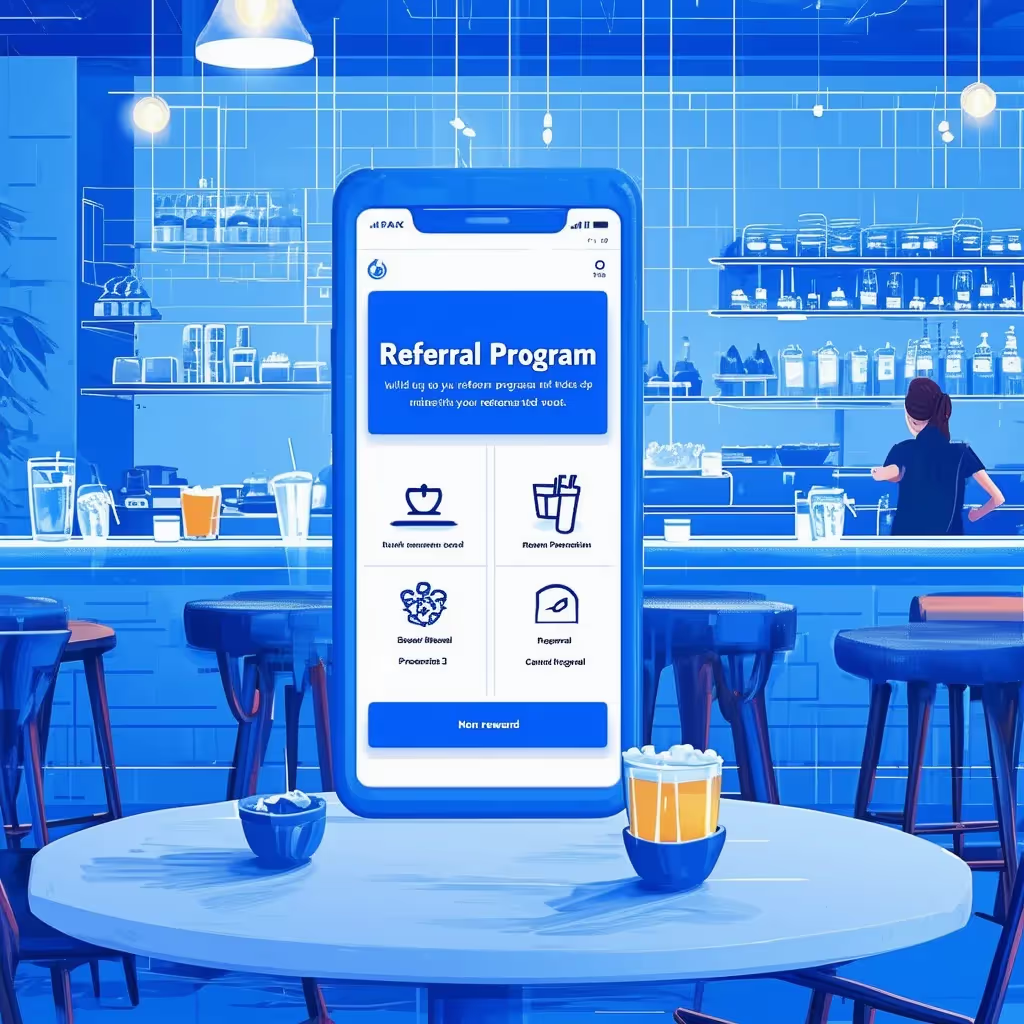




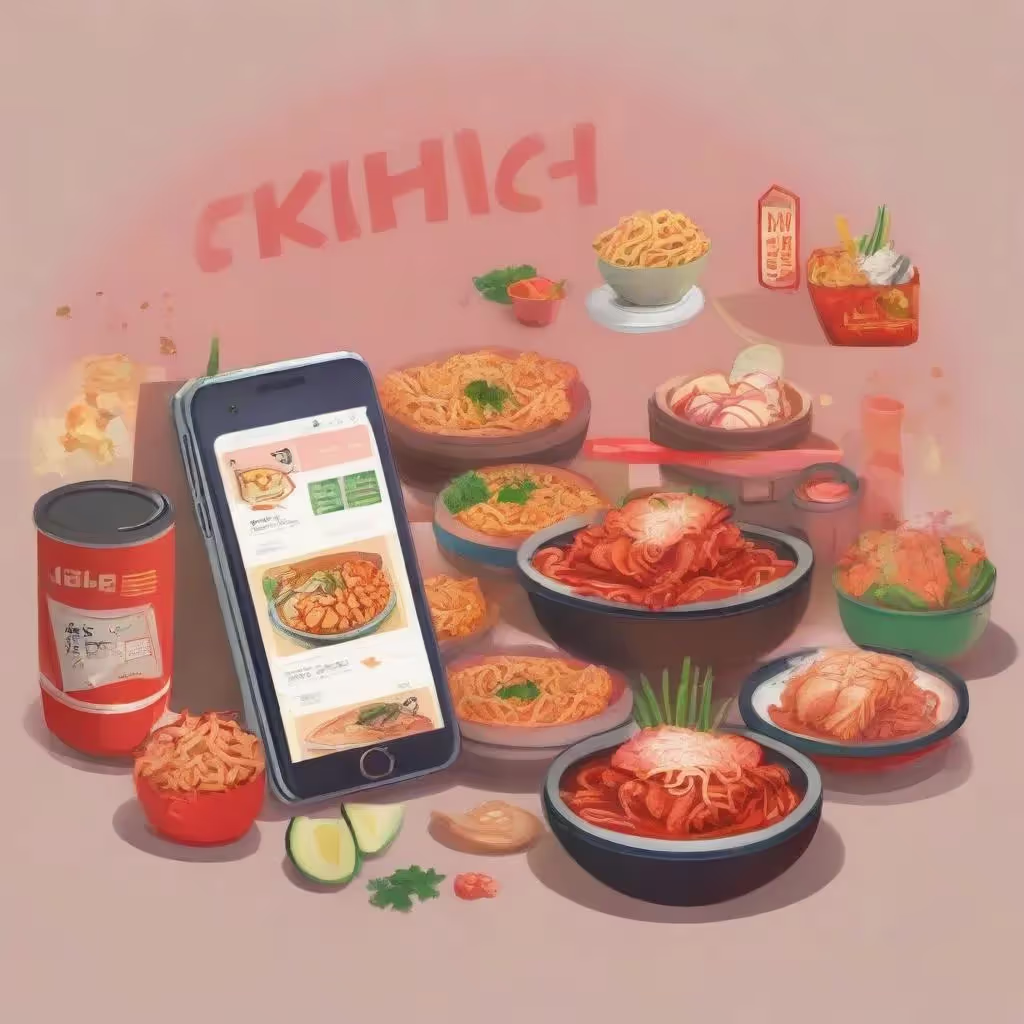
.avif)
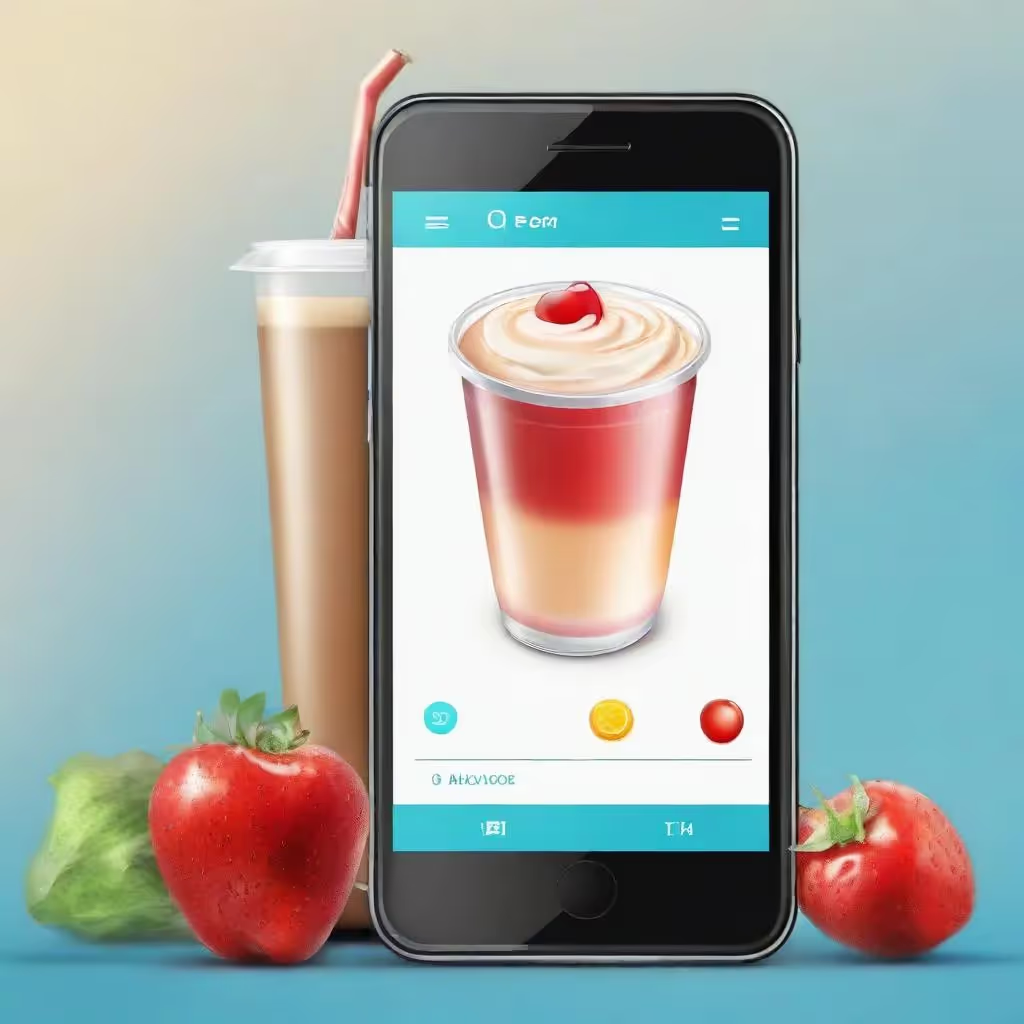



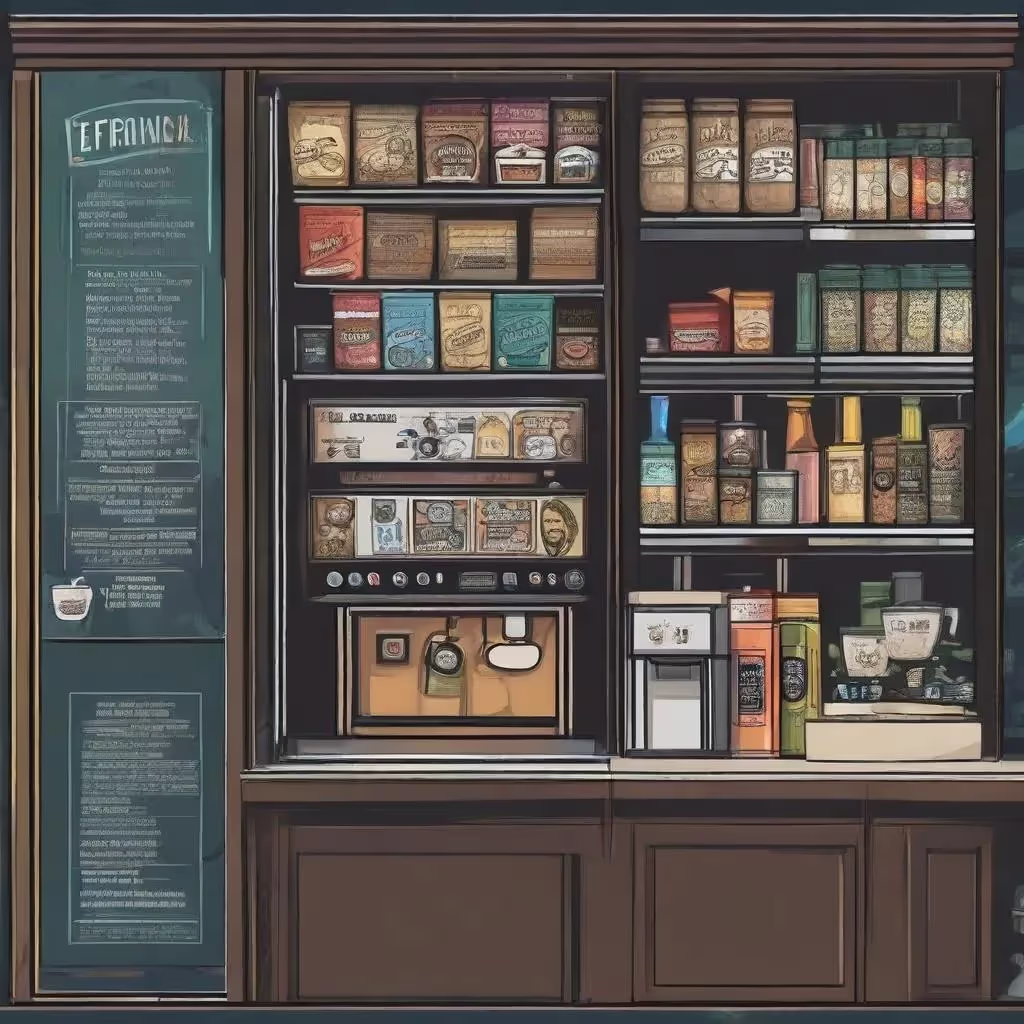
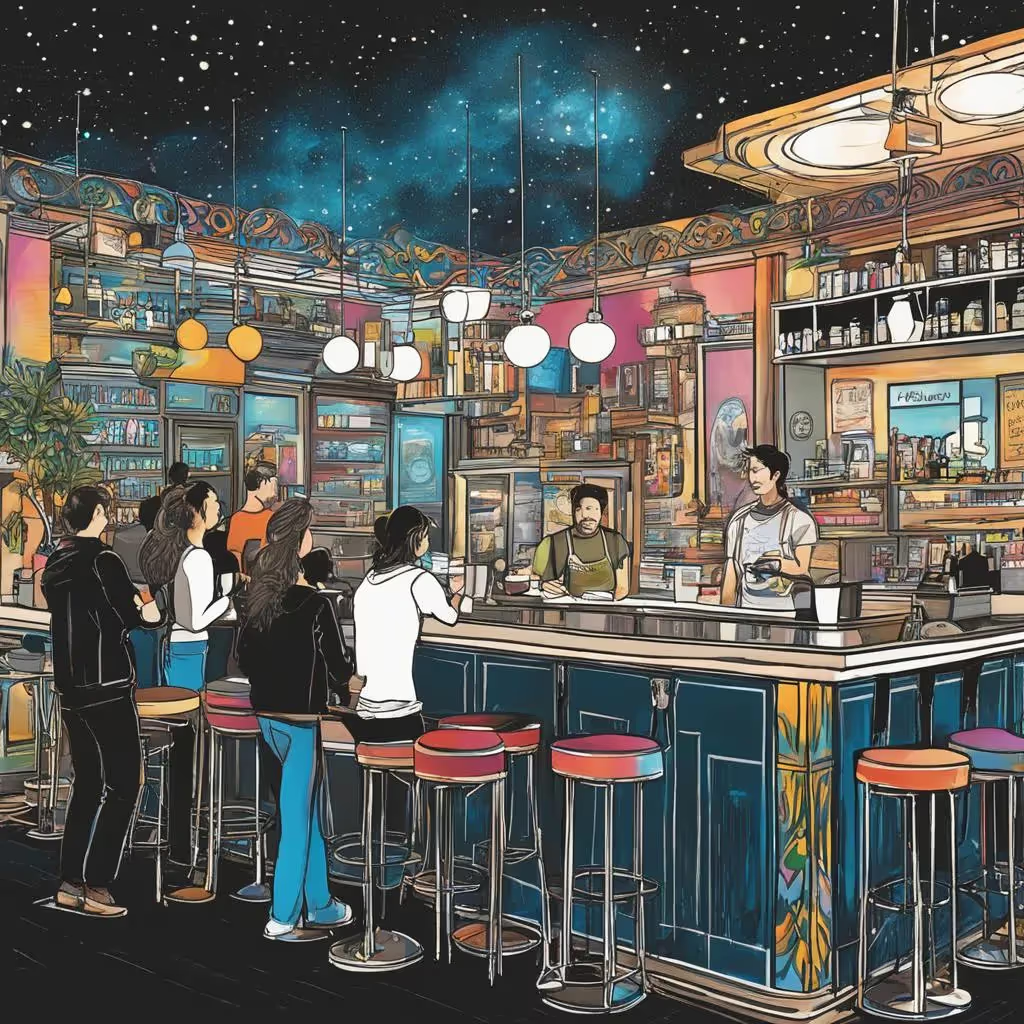

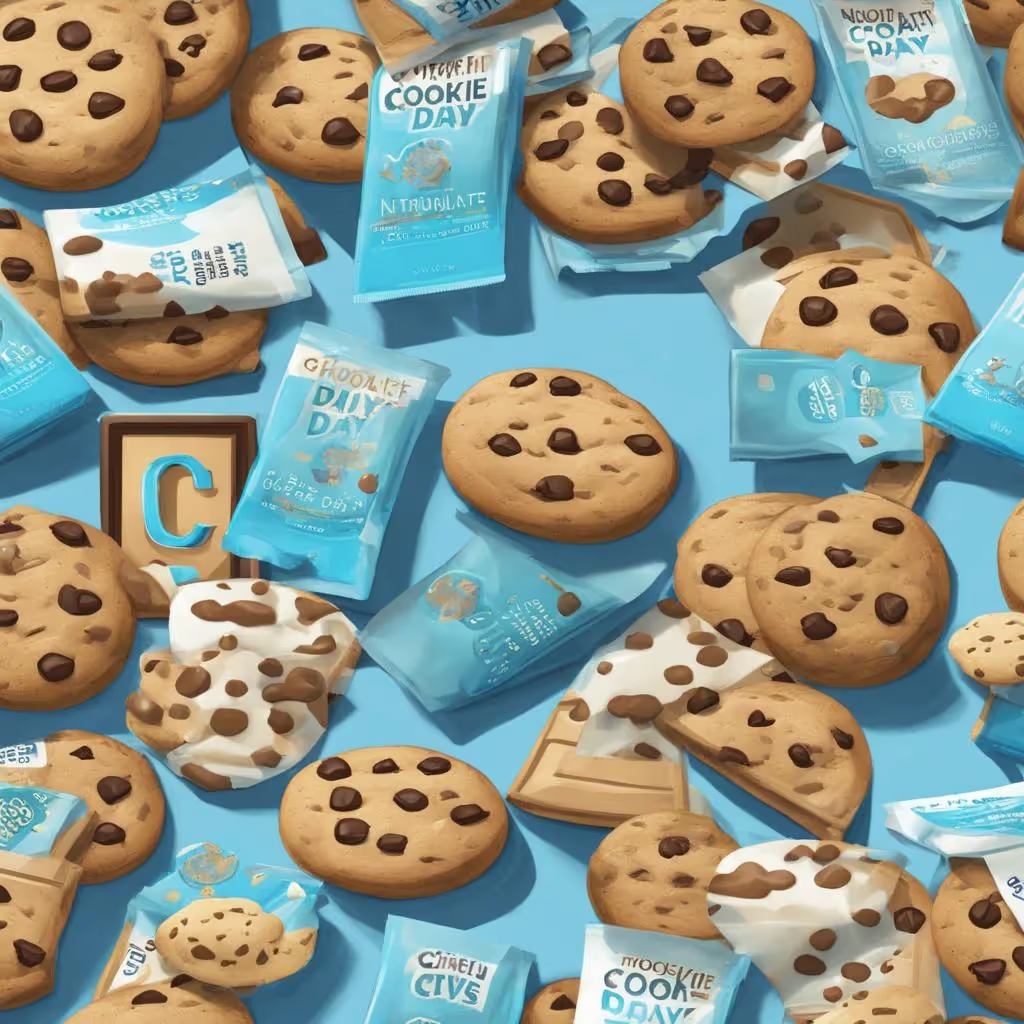
.avif)

